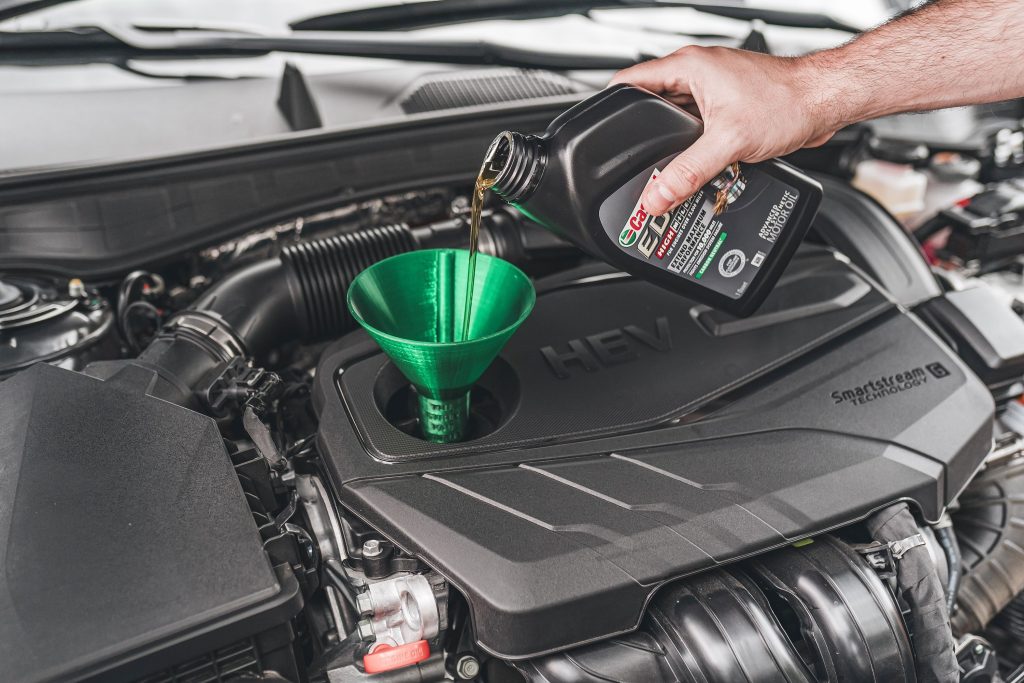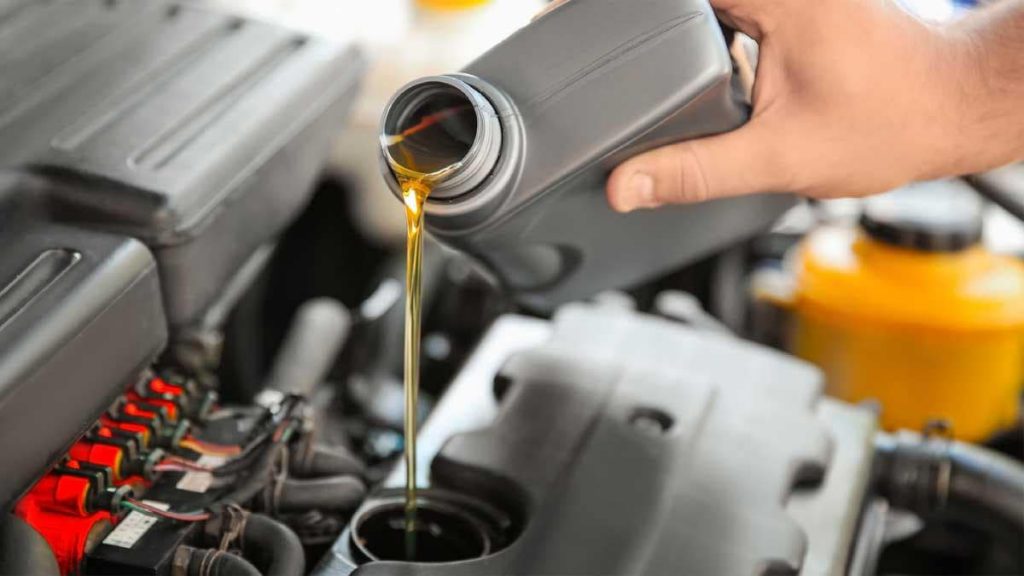If you rely on a windshield reminder sticker to determine when it’s time for an oil change, it’s time to reconsider that habit. Instead, follow the automaker’s recommended service intervals, as outlined in your vehicle’s manual.
For most modern cars, the best approach is to trust the vehicle’s oil life monitoring system to signal when an oil change is necessary.
Let Your Manual Be Your Guide
Oil change recommendations can be found in the maintenance section of your owner’s manual.
If your manual is lost, many automakers offer digital copies on their websites, and resources like Edmunds Maintenance Schedules provide a comprehensive maintenance database for vehicles dating back to 1980.
Often, the manual will offer two service schedules: one for “normal” driving conditions and another for “severe” or “special” conditions.
Review these descriptions carefully to determine which best matches your driving habits. In most cases, drivers fall under the “normal” schedule.
Trust Your Oil Life Monitor
Over recent years, many automakers have added oil life monitors to vehicles, with varying levels of sophistication. Basic monitors act as maintenance reminders based on mileage, illuminating a light once a certain distance has been traveled.
More advanced systems gather data from multiple sensors throughout the vehicle and use a complex algorithm to calculate oil life based on real-time driving conditions and habits. This variability means oil change intervals can be longer or shorter depending on your actual use.
These systems take the guesswork out of oil change timing. Simply drive as usual, and wait for the maintenance light to alert you.
You may be surprised at how long you can go between oil changes. It’s important, however, not to let assumptions about traditional oil change intervals override the system’s recommendation.
Keep in mind that oil life monitors are designed to work with the factory-recommended oil. They are not programmed to account for upgraded oil types, so using a different blend than recommended isn’t necessary.

Consider Time-Based Estimates
For low-mileage vehicles or occasional-use cars, you’ll need a different maintenance approach. According to Robert Sutherland, principal scientist at Pennzoil Passenger Car Engine Lubricants, oil degrades over time due to contaminants from gases passing by the pistons. Prolonged exposure to these contaminants leads to further degradation.
Most manufacturers specify both mileage and time-based oil change intervals. For instance, the 2010 Toyota Prius recommends changing the oil every 10,000 miles or once per year, whichever comes first.
Since oil life monitors vary in sophistication, time-based recommendations may differ by vehicle. This information will also be available in your owner’s manual.
Get an Oil Analysis
The debate over what qualifies as “normal” versus “severe” driving conditions has led to varied recommendations from owners, mechanics, and service departments. The most accurate way to understand your driving style’s effect on your engine is to have your oil analyzed.
An oil analysis will reveal the condition of your oil and can even detect issues within your engine, such as traces of fuel or coolant that may indicate early problems. The lab report will also provide a recommendation for how long you can safely go before the next oil change.
Extended-Life Oils: A Safe Option
Today, several oil companies offer extended-life oils guaranteed for specific mileage. For example, Mobil’s fully synthetic Mobil 1 Extended Performance is rated for 15,000 miles and is recommended for vehicles no longer under warranty.
This distinction is important, as some automakers may void your warranty if you don’t adhere to their service recommendations.
Owners who change their own oil and wish to extend the interval between changes can safely switch to a 15,000-mile oil, reducing the frequency of visits to the mechanic. A high-mileage oil filter is also recommended, as factory filters are not designed for extended intervals.
Using an extended-life oil can significantly reduce oil change frequency for older vehicles. For example, a 1998 Ford Mustang, typically requiring changes every 5,000 miles, could drop from three changes per year to just one with this upgrade.

